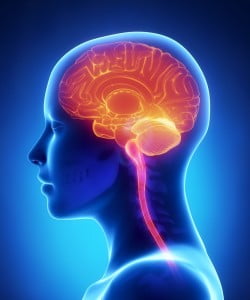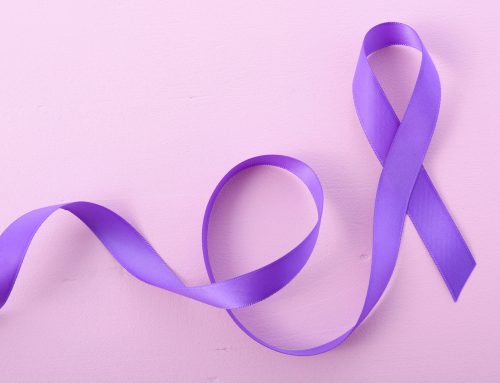
Chiari malformations, also known as Arnold-Chiari malformations, are a defect in the cerebellum, the part of the brain that controls balance. Normally, this part of the brain is housed in a space at the bottom of the skull, above the funnel-like opening to the spinal canal, called the foramen magnum. In people with Chiari malformations, the cerebellum is located below the foramen magnum.
The resulting pressure on the cerebellum and brain stem may affect functions controlled by these areas, such as balance, and block the flow of spinal fluid.
Causes
- Primary or congenital (more common): Caused by structural defects during fetal development, such as genetic mutations or lack of proper vitamins or nutrients
- Acquired or secondary (less common): Spinal fluid is drained excessively from other areas of the spine either due to injury, exposure to harmful substances, or infection.
Classification
Chiari malformations are classified by the severity of the disorder and the parts of the brain that protrude into the spinal canal.
- Type I (acquired): the lower part of the cerebellum (cerebellar tonsils) drops down with no brain stem involvement. May have no symptoms and be noted accidentally when a patient is having tests for a separate issue.
- Type II (classic): involves the extension of both cerebellar and brain stem tissue. The nerve tissue that connects the two halves of the cerebellum (cerebellar vermis) may be partially or completely absent.
- Type III (most serious): Not only the cerebellum and brain stem, but part of one of the brain’s fluid-filled cavities (the fourth ventricle) protrude. This usually causes severe neurological defects.
- Type IV (cerebellar hypoplasia): involves an incomplete or underdeveloped cerebellum. In this rare form of Chiari malformation, the cerebellar tonsils are located in a normal position, but parts of the cerebellum are missing.
What are the symptoms of a Chiari malformation?
Many patients have no symptoms and a Chiari malformation is found by accident. But, the following symptoms may be present:
- Neck pain
- Balance problems
- Muscle weakness
- Numbness or other abnormal feelings in the arms or legs
- Dizziness
- Vision problems
- Difficulty swallowing
- Ringing or buzzing in the ears
- Hearing loss
- Insomnia
- Depression
- Headache (made worse by coughing or straining)
- Issues with hand coordination and fine motor skills
Symptoms in babies and children:
- Vomiting, irritability when being fed, excessive drooling, a weak cry, gagging or vomiting, arm weakness, a stiff neck, breathing problems, developmental delays, and an inability to gain weight
Diagnosis
In order to determine if a Chiari malformation is present, the doctor will first check the following to see if anything is out of the ordinary:
- Cerebellar functions: memory, cognition, balance
- Spinal cord functions: touch, reflexes, sensation, and motor skills
The doctor might want the patient to have an X-ray, CT scan or MRI to conclusively determine if a Chiari malformation is present.
How are Chiari malformations treated?
There are few ways to treat Chiari malformations, and some cases may require no treatment at all.
- People with no symptoms: need no treatment
- Mild symptoms (like pain): treated with analgesics
- More severe symptoms: surgery
Although rare, Chiari malformation is a neurological defect that can affect the daily routine of those afflicted by it. Timely diagnosis and treatment are sought to improve quality of life for these patients.
Like what you see? Sign up to join Human Health Project, a community-based, not-for-profit website focused on using peer-to-peer health support for a healthier you.





Leave A Comment
You must be logged in to post a comment.